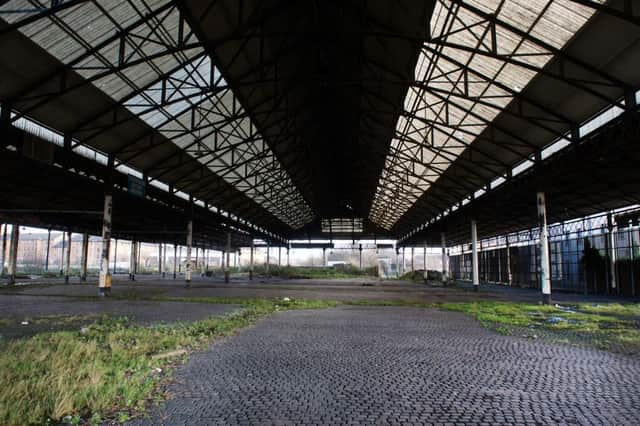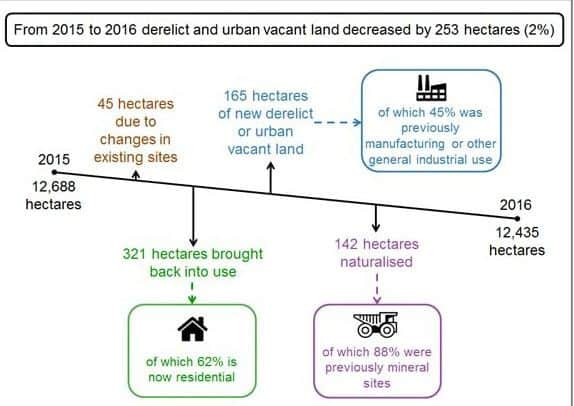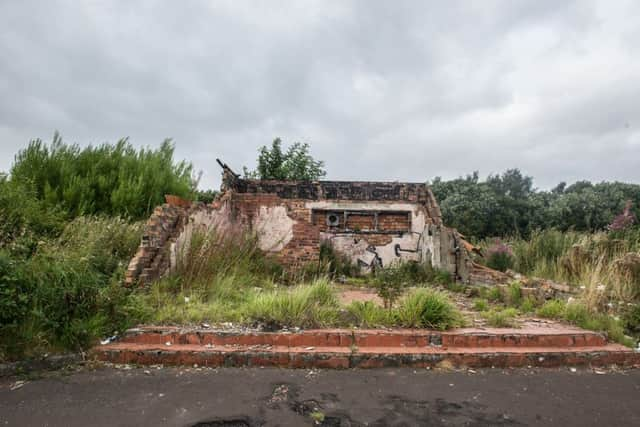Amount of vacant or derelict land in Scotland declines


The country’s chief statistician said there was 12,435 hectares of land identified as vacant in 2016, a two per cent reduction on 2015.
The most common new use for gap sites was residential, with 62 per reclaimed for housing.
Advertisement
Hide AdAdvertisement
Hide AdOf the 165 hectares of new derelict and urban vacant land reported by local authorities, most were previously used by industry or other commercial interests, accounting for 45% per cent of new land reported.


A total of 90 hectares (28%) involved some form of public funding, either a full or partial contribution.
Glasgow has the most vacant sites in Scotland with 60 per cent of residents living less than 500 metres from one.
“We are committed to continuing to reduce the amount of vacant and derelict land and improving communities the length and breadth of Scotland,” local government minister Kevin Stewart said.


“Our Vacant and Derelict Land Fund has been supporting local areas since 2005 to fund the reuse of land where it is needed most. Since 2005 around 150,000 residential properties in Dundee, Fife, Glasgow, Highland, North Lanarkshire and South Lanarkshire have seen sites within less than half a kilometre of their home brought back into use.
“We’ll continue to target funding to tackle long-term vacant and derelict land in Scotland, while also stimulating economic growth, promoting environmental justice and improving quality of life in local communities.”
The total amount of derelict and urban vacant land has decreased in each year between 2010 and 2016, except in 2014 when there was an increase of 19 per cent compared to 2013 - largely due to over 2,200 hectares of former surface coal mine sites in East Ayrshire that became derelict when owners Scottish Coal went bust.